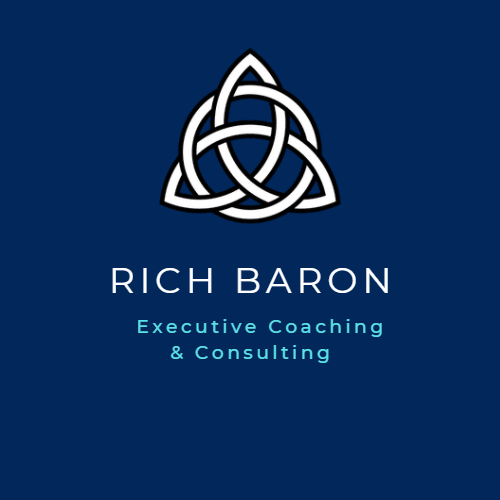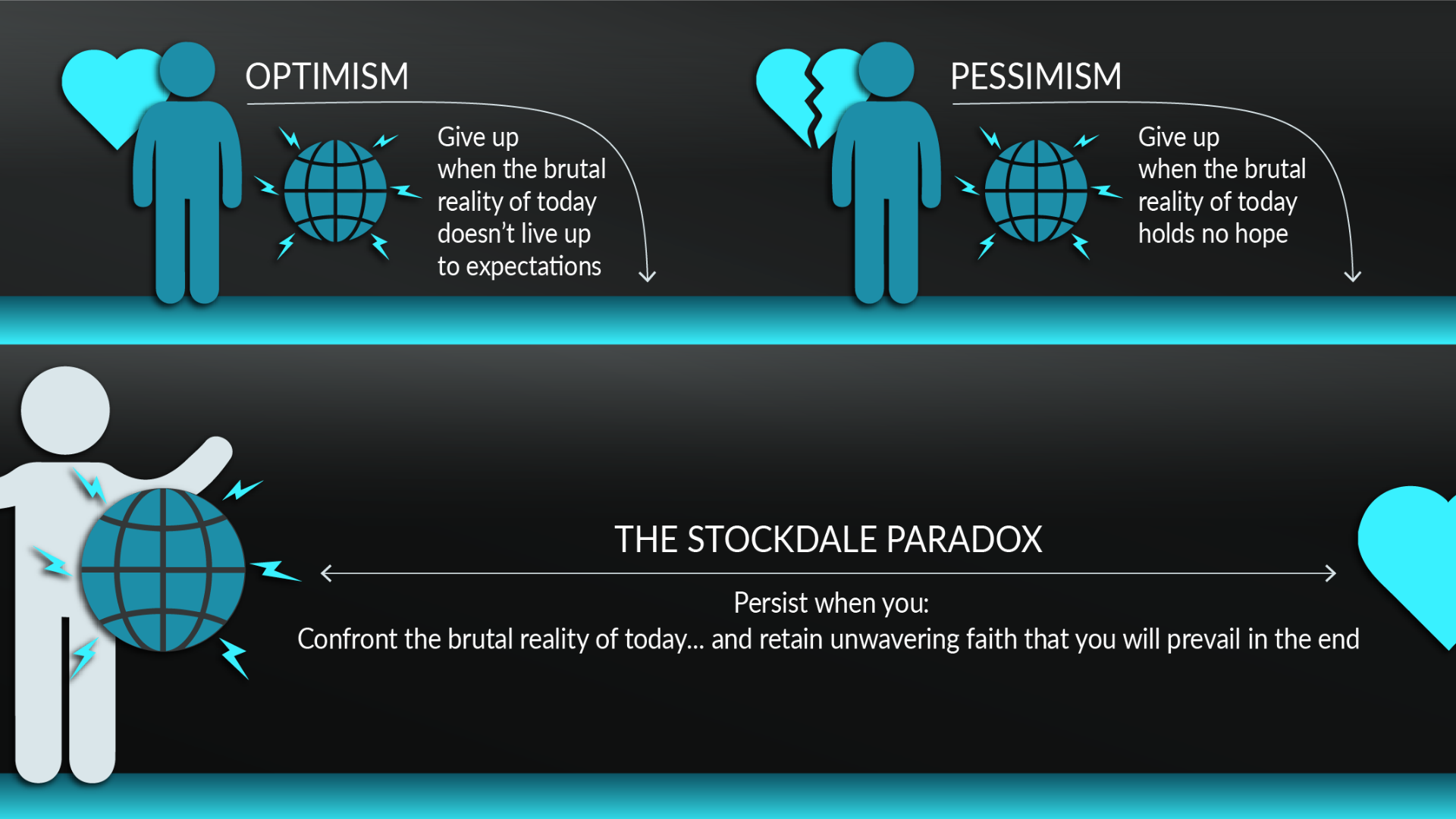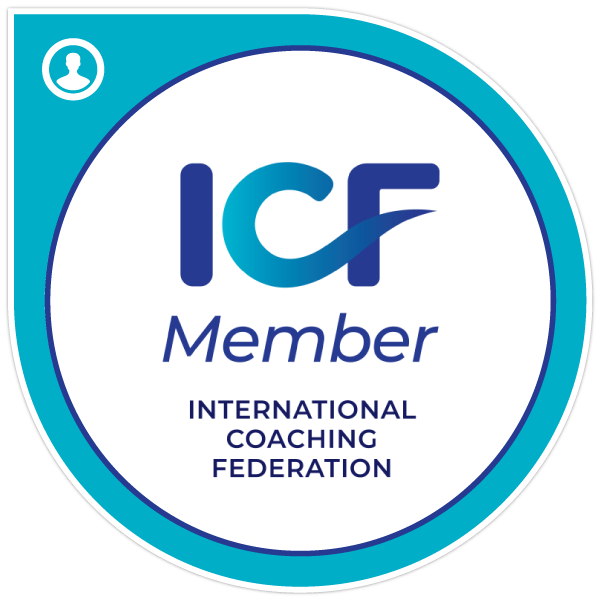So often, we find the greatest truths and wisdom through a paradox. When we encounter a paradox, it challenges our conventional thinking and forces us to question our assumptions. It highlights the complexity and multifaceted nature of reality, presenting us with a contradiction that cannot be easily resolved.
The beauty of paradoxes lies in their ability to provoke deep reflection and expand our understanding. They push us beyond the limitations of binary thinking and encourage us to explore the nuances and contradictions that exist in the world.
Paradoxes often reveal deeper truths that are not immediately apparent. They compel us to reevaluate our beliefs and consider alternative perspectives. By grappling with the tension and ambiguity inherent in paradoxes, we gain insight into the complexities of life and gain a more comprehensive understanding of reality. Furthermore, paradoxes teach us the importance of embracing uncertainty and embracing contradictions. Instead of seeking neat and tidy solutions, paradoxes remind us that the world is full of complexity and paradoxical situations. They encourage us to embrace ambiguity and embrace the idea that multiple truths can coexist.
In this way, paradoxes challenge our preconceived notions and invite us to broaden our perspectives. They push us to think critically, question assumptions, and seek out new ways of understanding the world. Through experience and contemplation, we can begin to unravel the mysteries of paradoxes.
The Stockdale Paradox
The Stockdale Paradox is one such concept that was first put forward in Jim Collin’s book, "Good to Great." Admiral James Stockdale's experiences as a prisoner of war in Vietnam are a testament to his resilience, courage, and unwavering commitment to his fellow prisoners.
Admiral Stockdale was shot down on September 9, 1965, during a mission over North Vietnam. After ejecting from his plane, he landed in a small village where he was captured, severely beaten, and taken as a prisoner of war. These events marked the beginning of his seven and a half years of captivity in the infamous Hỏa Lò Prison, often referred to as the "Hanoi Hilton."
Despite enduring immense physical and psychological torture, Stockdale remained steadfast in upholding a code of conduct and organizing resistance among the prisoners. His actions, such as creating a system to govern torture, secret communications, and behavior, demonstrated his leadership and dedication to maintaining a sense of order and camaraderie in a harrowing environment. The torture and injuries he suffered during his captivity, including the deliberate breaking of his leg, highlight the extent of the physical and emotional pain endured by him and his fellow prisoners.
Stockdale's determination to resist propaganda and protect his fellow prisoners led him to intentionally disfigure himself and endure self-inflicted harm. His willingness to sacrifice physically rather than compromise his integrity showcases his indomitable spirit and commitment to his principles.
Through it all, Stockdale's resilience and exemplary leadership served as a beacon of hope for his comrades. His ability to balance optimism with the stark realities of their situation, as encapsulated in the Stockdale Paradox, undoubtedly played a crucial role in their survival and eventual release.
When Stockdale was asked which prisoners didn't make it out of Vietnam, he replied:
Oh, that's easy, the optimists. Oh, they were the ones who said, 'We're going to be out by Christmas.' And Christmas would come, and Christmas would go. Then they'd say, 'We're going to be out by Easter.' And Easter would come, and Easter would go. And then Thanksgiving, and then it would be Christmas again. And they died of a broken heart. This is a very important lesson. You must never confuse faith that you will prevail in the end—which you can never afford to lose—with the discipline to confront the most brutal facts of your current reality, whatever they might be.
This is the Stockdale Paradox.
Applying the Stockdale Paradox to Ourselves
While positive visualization and mindset shifts do play a crucial role in achieving success and happiness, they are not the sole determinants. The belief that simply changing our mindset will magically bring us everything we desire can be misleading. It is important to recognize that success and accomplishment require action, effort, and a combination of various factors such as skills, knowledge, opportunities, and grit. Merely visualizing a goal or having a positive mindset is not enough without taking concrete steps toward its realization.
The proliferation of "business gurus" and motivational speakers offering quick fixes and shortcuts can give a false sense of security. While their talks and advice may provide initial inspiration, ultimately a sustainable path to success comes from a combination of self-belief, hard work, adaptability, perseverance, and a willingness to learn from both successes and failures. It is essential to strike a balance between acknowledging the challenges and maintaining the motivation and resilience needed to keep pursuing one's goals.
The paradox lies in being aware of the potential obstacles and setbacks while maintaining hope and working towards one's goals. It's about acknowledging the reality of the situation while also staying optimistic and focused on the possibilities for positive outcomes. By embracing the paradox, individuals can channel their determination and persistence to overcome obstacles and work towards their dreams. It involves accepting the possibility of failure without letting it discourage or paralyze them. For this reason, it is crucial to identify personal aspirations and set realistic goals, rather than chasing someone else's vision of success.
Applying the Stockdale Paradox to Business and Leadership
Indeed, a balance between optimism and a realistic assessment of the current situation is crucial in business leadership and management. The Stockdale Paradox, emphasizes the importance of maintaining faith in ultimate success while simultaneously confronting the harsh realities faced. By acknowledging and addressing challenges head-on, leaders can devise effective strategies and plans to overcome obstacles. Ignoring or downplaying the difficulties can lead to naivety and poor decision-making. On the other hand, being overly pessimistic can breed negativity and hinder progress.
Wrapping Up
Stockdale’s story is extreme; however, he said that his time as a POW was the defining moment of his life. Being held as a POW for over seven years, under the circumstances of his imprisonment, is horrendous. We can dwell on why he was taken prisoner, or if his treatment was fair or not. Life is not always fair, not for any of us. Dwelling on the "reasons" things happen is less important than how you deal with each situation as it arises.
By framing obstacles within the context of your ultimate goals, you can maintain perspective and determine the best course of action. Rather than getting caught up in the perceived injustices or challenges, channeling your energy into finding solutions and staying focused on your ultimate goal is crucial. Maintaining faith and belief in your ability to prevail can provide the resilience and determination needed to push through difficult times and overcome obstacles. This faith acts as an anchor, helping you stay motivated and committed even when the path may seem uncertain or difficult.
Acknowledging that life is not always fair and focusing on how you handle each situation while maintaining faith and belief in your ultimate success can help you navigate challenges and overcome obstacles on your path to achieving your goals. We must always remember that setbacks and challenges are a natural part of any journey toward success. The ability to adapt, learn, and persevere in the face of adversity is what separates those who achieve their goals from those who do not.
About the Author
Rich Baron serves as the Chief Operating Officer and Director of Global Coaching Projects at John Mattone Global, where he also holds the title of Master Certified Intelligent Leadership Executive Coach. With over 30 years of rich experience in cultural transformation, operational leadership, executive roles, and coaching leaders at every level—from emerging talents to seasoned CEOs—Rich has a demonstrated track record of success.
Rich co-hosts "Mainline Executive Coaching ACT," a podcast that is recognized by FeedSpot as the leading Executive Coaching Podcast worldwide. The podcast's acclaim is based on an evaluation of numerous factors, including web traffic, social media followers, and timeliness. It boasts an impressive following in more than 80 countries and over 830 cities globally.






